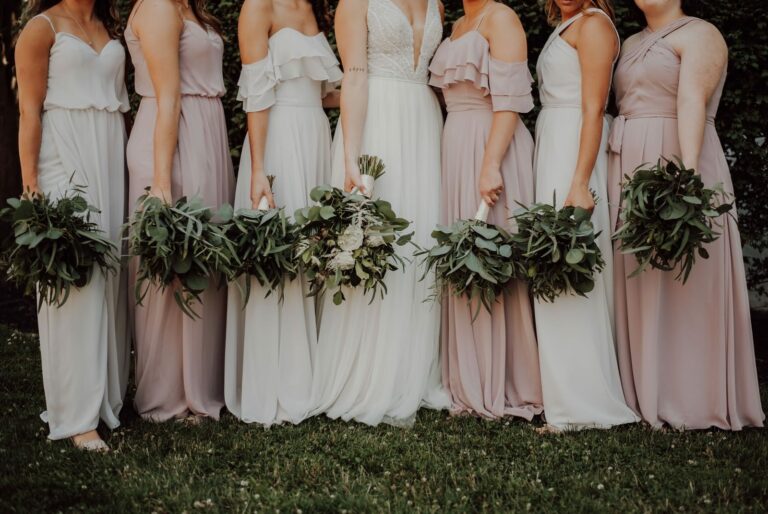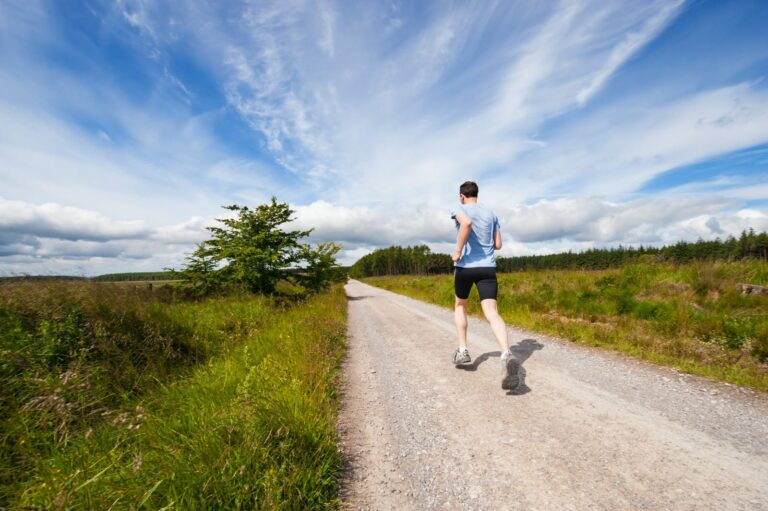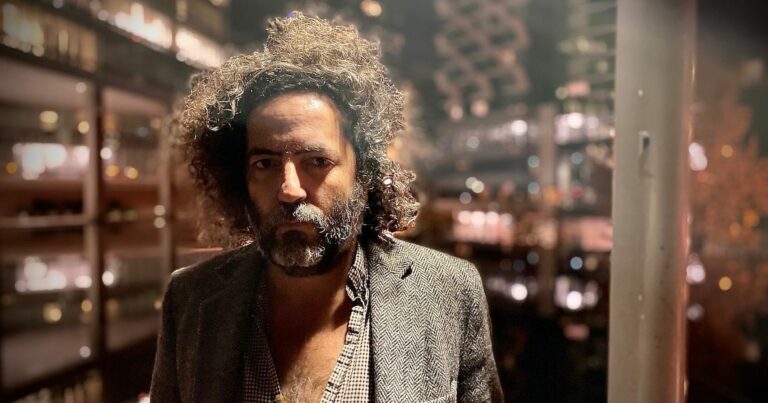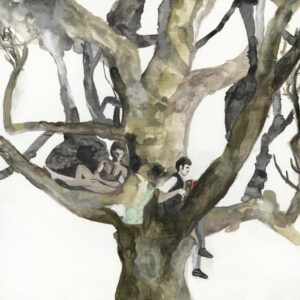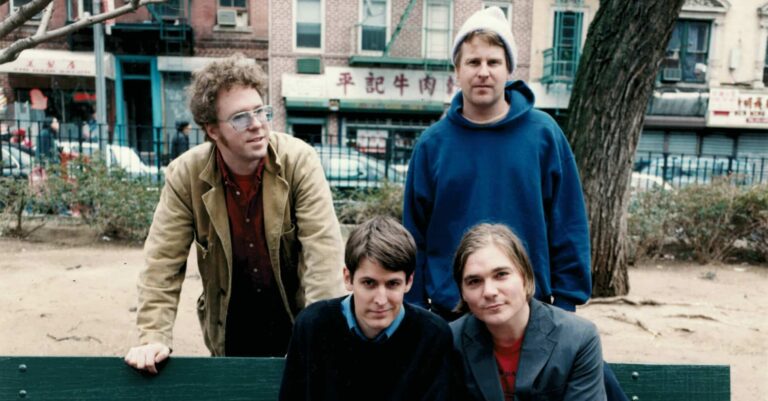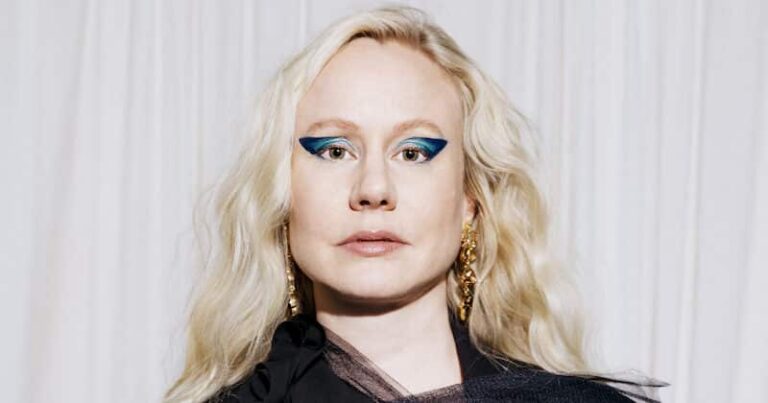Choosing your bridesmaids’ dresses ranks among the most challenging tasks of the wedding planning process. Choosing dresses for your bridesmaids, especially if there are many, can be especially challenging.
You’ll want your bridesmaids to look their best even though the bride will be the focus of attention on the big day. Make sure you don’t make any of these six common mistakes when choosing your bridesmaid dresses.
- Ignoring your bridesmaids’ preferences.
It is impossible to please everyone when selecting bridesmaids’ dresses. This isn’t to say you shouldn’t inquire. Rather than focusing on the elements they want to have in their dresses, consider what they would not want. Certain hues might make certain ladies appear pale or ill. It’s also possible that they will prefer short sleeved dresses over longer ones, for instance. If you fail to appreciate and take this on board, that can cause quite a lot of problems for you and them.
Alternatively, there may be ugly dress shapes that certain bridesmaids despise wearing. It’s also possible that some of your maids would be uncomfortable with gowns that are too short or display too much skin. Rather than focusing on what your bridesmaids want to wear, ask them what they don’t like. Knowing their preferences will help you reject dresses with these characteristics and scale down your options.
- Failure to communicate the budget.
Choosing to be your bridesmaids means that they will have to purchase a new dress. There is a fine line between asking someone to pay for an expensive bridesmaid dress and expecting them to do so willingly. When planning, consider the unique circumstances of each person. Check with each of them ahead of time to see how much they are ready to spend. When it may be too much over the budget you and bridesmaid can spend, check Cicinia where you can find tons of different trendy bridesmaid dress in cheap price.
It would be best if you had a clear budget before you begin your research so that you can plan your buying around it. There’s always the option of bearing the extra bill for one of them, but that’s only if you want to. However, if most of them believe your budget is too expensive, it may be advisable to reconsider your selection and choose other gowns that meet their budget.
- Giving them too much freedom.
With the mix-and-match style still popular, many brides let their bridesmaids choose their dresses. But do so with caution. The last thing you want is your bridesmaids to appear completely different and out of sync since you didn’t give them any rules to follow from the beginning. Setting parameters that are too broad creates problems.
For example, if you asked your ladies to choose green gowns, you might wind up with a collection of dresses ranging from turquoise to mint green, with various finishes. The outcome would be devastating. As a result, be very clear with your guiding factors. It’s best to focus on two or three key components of each outfit to ensure that the outfit comes together. If you decide on a color scheme, assign precise colors to each maid and ensure they all wear the same hue.
- Failing to research in advance.
Bridesmaids’ dresses come in various styles and colors, just like your wedding gown. It’s great that you have so many options to pick from, but it may also make the whole process incredibly time-consuming. In other words, before you go shopping, have a good idea of what you want.
You can get inspiring images of bridesmaid dresses from the internet and bridal publications. Consider all of your possibilities and write down what you need. Make a list of wedding dress characteristics and concepts that are appropriate. When discussing with your bridal team about the dress, use this as a starting point.
- Choosing Bridesmaid dresses that resemble your gown.
Make sure your bridesmaids aren’t wearing anything too similar to your wedding gown. The goal is to complement rather than overshadow the bride’s appearance. For example, if you’re wearing lace, your bridesmaids should choose dresses with a small lace to match your wedding gown.
Alternatively, incorporating a single element from your gown onto your bridesmaids’ dresses might look incredible.
- Not considering the length of the dress.
Bridesmaid dresses that are excessively short or lengthy are a no-no. Expect your bridal team to be exceptionally busy on your wedding day, as they will be responsible for various chores. Small gowns can make it difficult for them to walk and pose for photos, making them more self-conscious.
Long bridesmaid dresses such as floor length dresses are more prone to accidents, especially if the location includes a flight of stairs. Also, short dresses might make you look cheap and unflattering unless you have a well-built body. Dresses that fall somewhere between knee and ankle length should be your best pick. If the wedding will be held outside in the wind, opt for dresses with more structure and longer hemlines to avoid awkward moments.
Choosing the right bridesmaid dresses may be a real headache. It can also be an incredible and unique adventure that you and your friends will remember for the rest of your lives. Start looking for your bridesmaid dresses early and take everything one step at a time if you want to avoid any stress. By avoiding these 6 mistakes, most people make when choosing bridesmaids’ dresses, your shopping experience will be smooth, and you’ll stand a better chance of finding something everyone loves!
